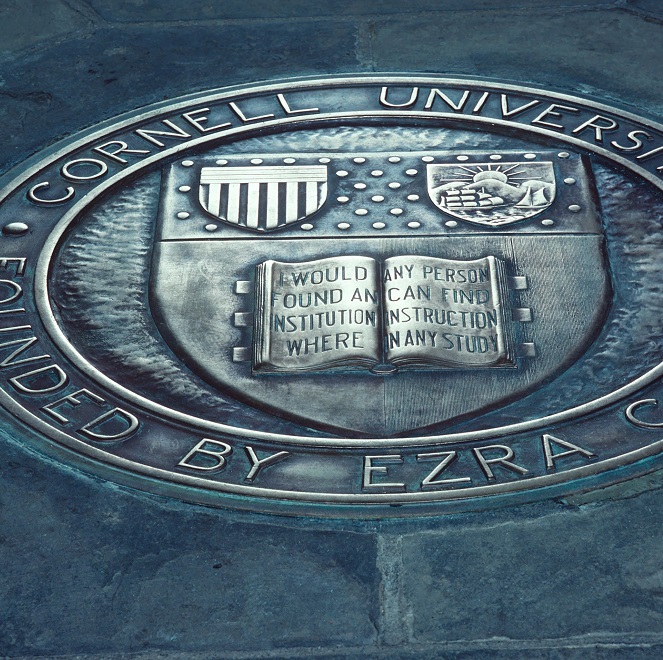In the News
Full listing
November 12, 2025
A pulse of light sets the tempo in the material. Atoms in a crystalline sheet just a few atoms thick begin to move – not randomly, but in a coordinated rhythm, twisting and untwisting in sync like dancers following a beat.This atomic choreography, set in motion by precisely timed bursts of energy, happens far too fast for the human eye or even traditional scientific tools to detect. The entire sequence plays out in about a trillionth of a second.
November 11, 2025
John Reppy, John L. Wetherill Professor of Physics Emeritus in the College of Arts & Sciences, has received the 2026 Oliver E. Buckley Condensed Matter Physics Prize. The award, which recognizes and encourages outstanding theoretical or experimental contributions to condensed matter physics, consists of $20,000 and is awarded annually.
October 13, 2025
Cornell physicist Brad Ramshaw has been named a 2025 Experimental Physics Investigator – a prestigious national recognition awarded by the Gordon and Betty Moore Foundation to a select group of mid-career researchers pushing the boundaries of experimental physics. The award provides $1.3 million over five years to support bold, high-impact experiments that advance our fundamental understanding of the universe.




